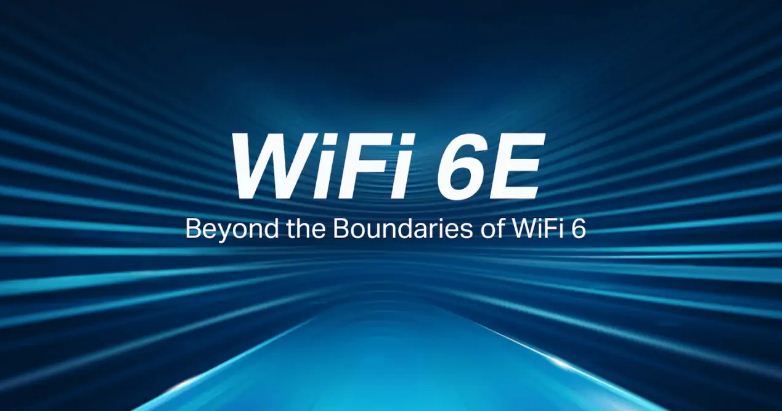The landscape is constantly evolving, offering users a myriad of options and upgrades to enhance their connectivity experience. As one navigates through the realm of wireless routers today, the prevalent choices that stand out are WiFi 6 and WiFi 6E. While these two generations of WiFi may sound similar on the surface, a closer examination reveals a host of differentiators that can significantly impact your internet connectivity. WiFi 6E updates will bring benefits for users.
In the year 2020, a pivotal announcement was made by the WiFi Alliance that changed the game for WiFi 6 products. This announcement granted WiFi 6 devices access to the 6GHz wireless spectrum, thus paving the way for the emergence of WiFi 6E. The defining feature of WiFi 6E is its utilization of higher-frequency spectrum, particularly the 6GHz band. This integration of the 6GHz spectrum into WiFi connectivity heralds a new era of faster internet speeds and remarkably reduced latency, setting the stage for a smoother and more responsive online experience.
At the forefront of the benefits offered by WiFi 6E is the remarkable addition of the 6GHz spectrum for wireless communication. This higher-frequency band opens up the possibility of achieving speeds exceeding 1Gbps, a substantial leap from previous standards. Moreover, the incorporation of the 6GHz spectrum translates into significantly lower latency rates. Some WiFi 6E networks boast the capability to deliver latency levels of less than one millisecond, a crucial advancement for activities such as gaming, video calls, and virtual reality applications. This low-latency connectivity is poised to eliminate the frustrating lag that many of us have grappled with over the past year, particularly during the prevalent trend of remote work.
Beyond the speed and latency enhancements, another notable advantage of WiFi 6E lies in the expanded capacity it offers for home networks. In current times where households are increasingly incorporating a plethora of connected devices, the ability to support a higher number of devices simultaneously has become a pressing concern. With the superior speeds and improved capacity of WiFi 6E, homes can now facilitate next-generation computing experiences within their confines. Activities like simultaneous 4K video streaming, once considered bandwidth-intensive, can now be effortlessly enjoyed by multiple users without encountering buffering issues or disruptions in network connectivity.
Although the theoretical maximum speed of WiFi 6E is advertised as 9.6Gbps, it is essential to acknowledge that achieving this peak speed in a real-world setting is highly unlikely. Factors such as network congestion, signal interference, and structural obstacles within a home environment can impede the attainment of such optimal speeds. Nonetheless, the overall enhancements brought forth by WiFi 6E in terms of speed, latency, and network capacity signify a significant leap forward in the realm of wireless connectivity.
Check New Updates on Android

